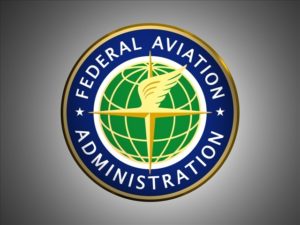
Americans don’t need to register non-commercial drones with the FAA anymore
 If you are a drone enthusiast living in the United States, flying a non-commercial UAV is going to become so much more uncomplicated. A US appeals court has struck down a drone registration rule which was mandated by the Federal Aviation Administration (FAA) in December 2015.
If you are a drone enthusiast living in the United States, flying a non-commercial UAV is going to become so much more uncomplicated. A US appeals court has struck down a drone registration rule which was mandated by the Federal Aviation Administration (FAA) in December 2015.
The rule required all hobbyists to register their drones in the national database, and pay a $5 fee. A failure to do so could attract potential criminal charges with fines and jail time. More than 820,000 drone operators have complied till date.
While overturning the drone registration rule, the court noted that it violates the FAA Modernization and Reform Act of 2012, which prohibits the FAA from passing any rules regarding the operations of a model aircraft. Drones for recreational purposes are classified as model aircraft. So, unless you are using your drone for commercial purposes, you no longer need to register it with the government.
This rule to register all drones was put in place by the FAA in the wake up growing UAV ownership in the US to address the growing concerns regarding safety and privacy of the people. According to the FAA, there were an estimated 1.1 million small drones in the US in 2016. That federal agency expects that figure to more than triple to 3.5 million by 2021.
Right now, the FAA is taking time to review the court’s decision before deciding on the future course of action. One potential strategy could be to have the Congress amend the original 2012 Act.
How is the drone community reacting?
The drone community’s reactions on the ruling have been mixed at best. Brendan Schulman, who heads policy for DJI, told Recode, “The FAA’s innovative approach to drone registration was very reasonable, and registration provides for accountability and education to drone pilots. I expect the legal issue that impedes this program will be addressed by cooperative work between the industry and policymakers.”
Brian Wynne, president and CEO of the Association for Unmanned Vehicle Systems International (AUVSI), has expressed his disappointment saying, “A UAS registration system is important to promote accountability and responsibility by users of the national airspace, and helps create a culture of safety that deters careless and reckless behavior.”
Meanwhile, Rich Hanson, President of the Academy of Model Aeronautics (AMA), believes that community-based safety programming is more effective than a federal mandate. “Federal registration shouldn’t apply at such a low threshold that it includes toys,” he said in a statement.
We’d love to hear your views on this. Tell us in the comments below!






